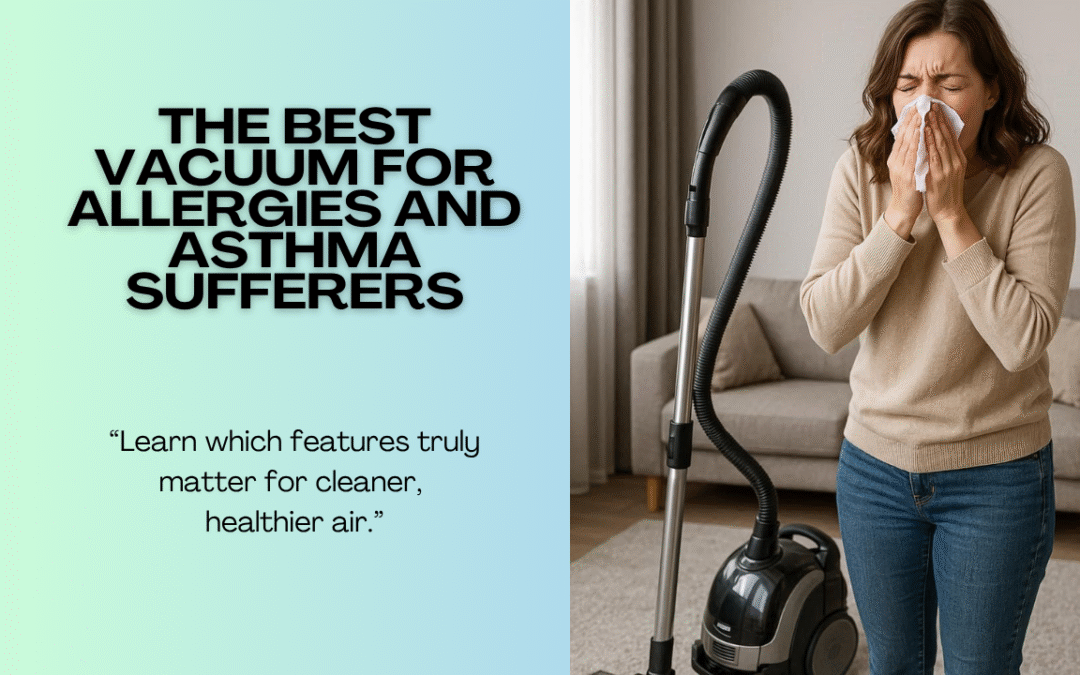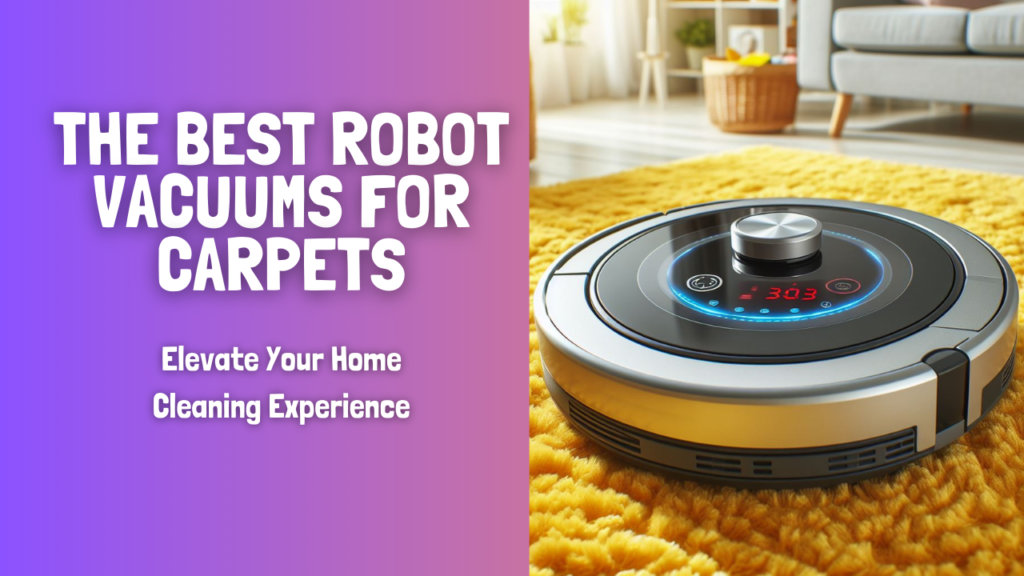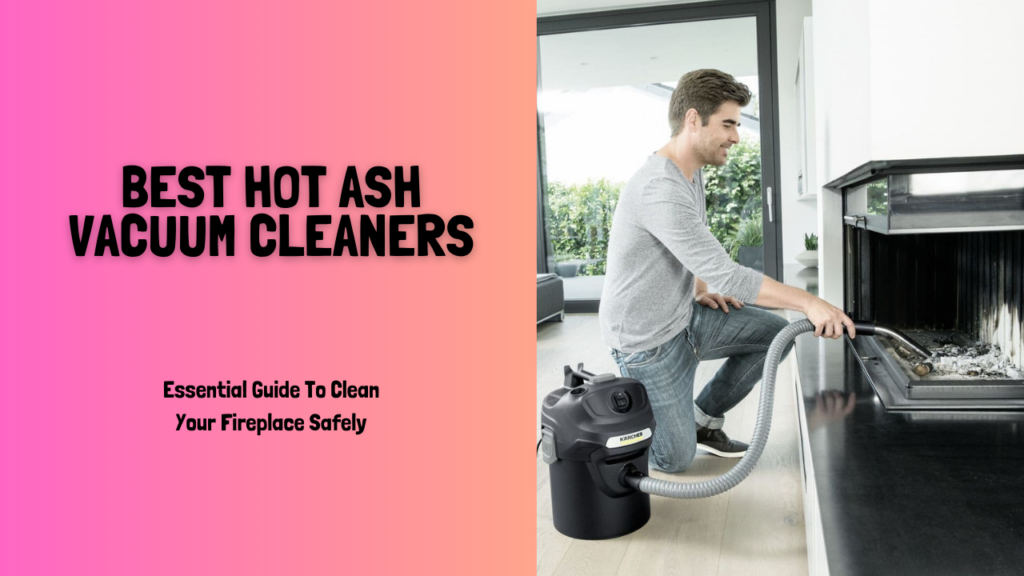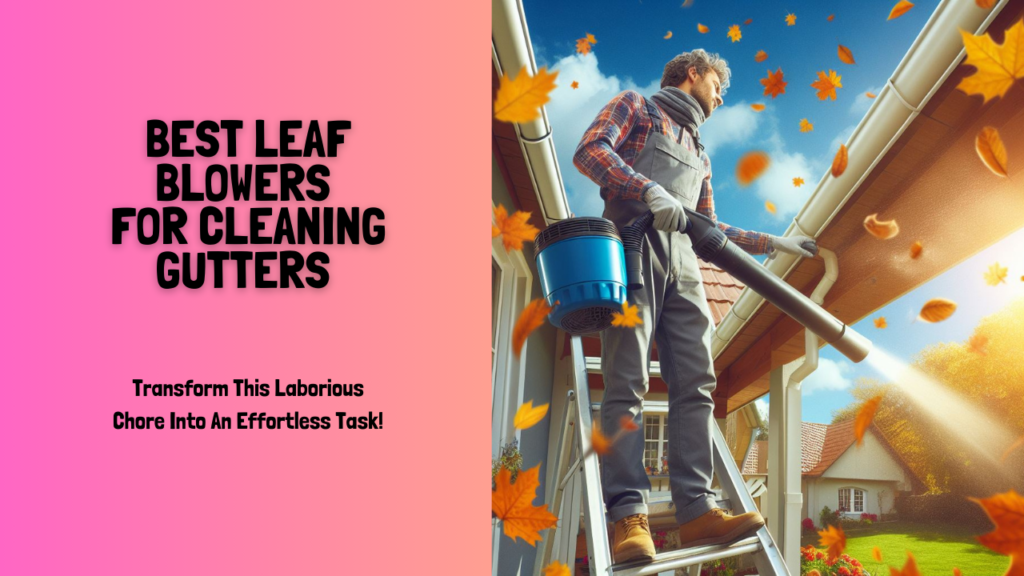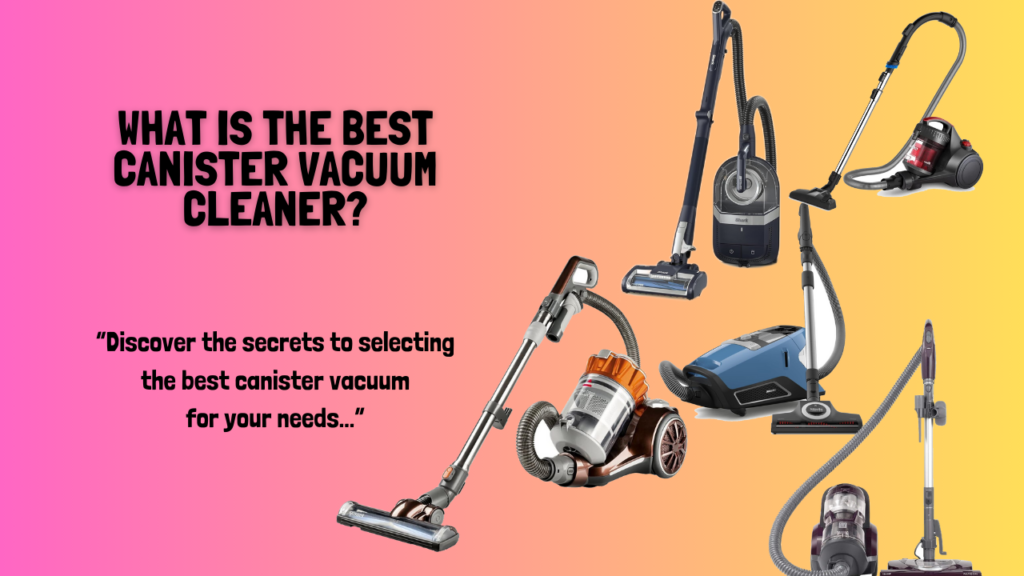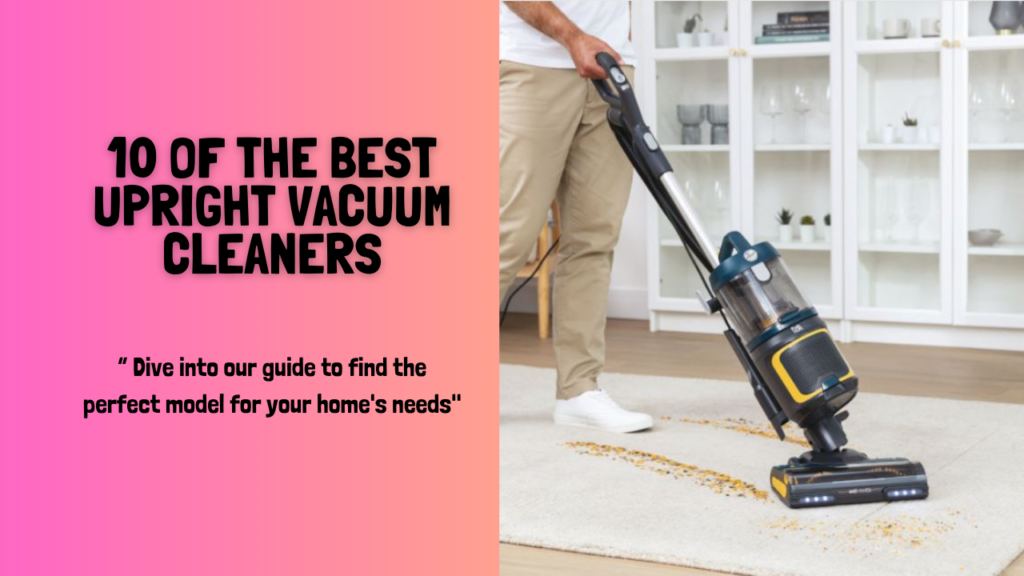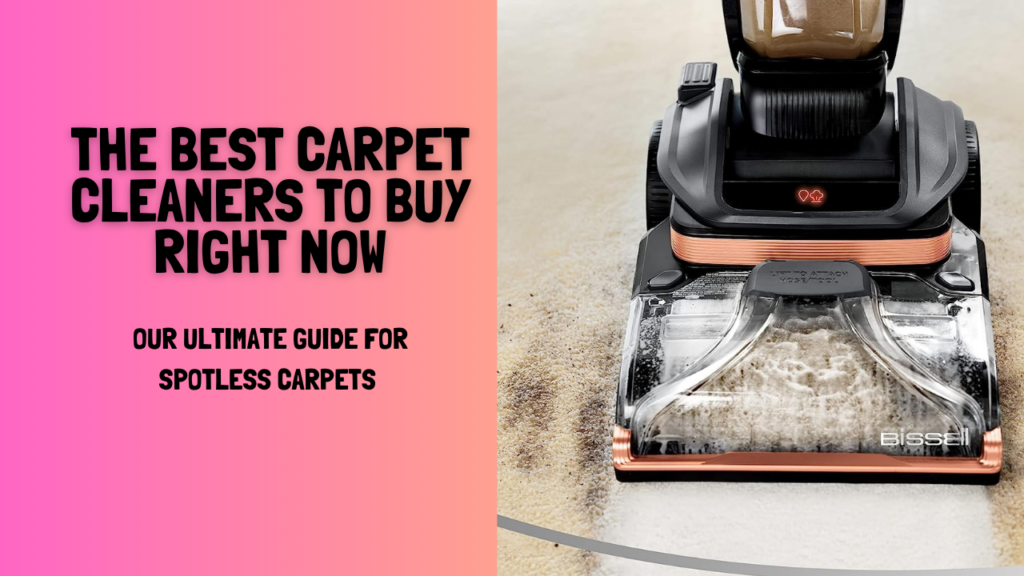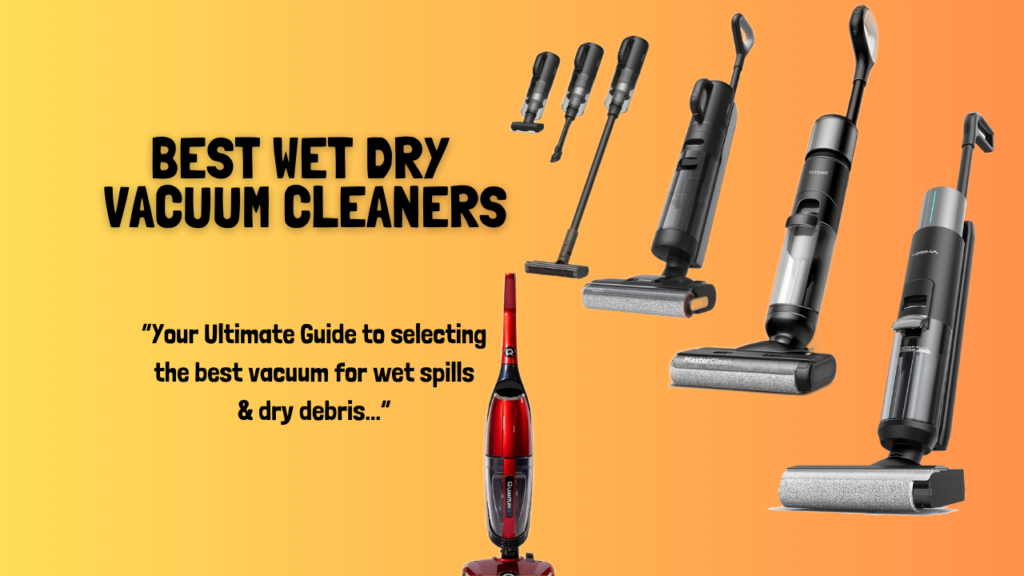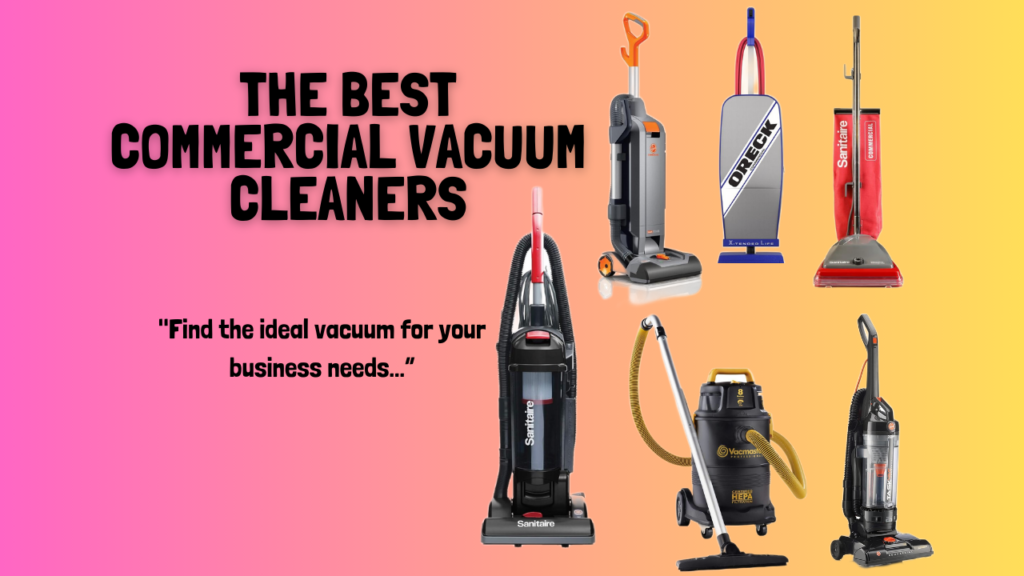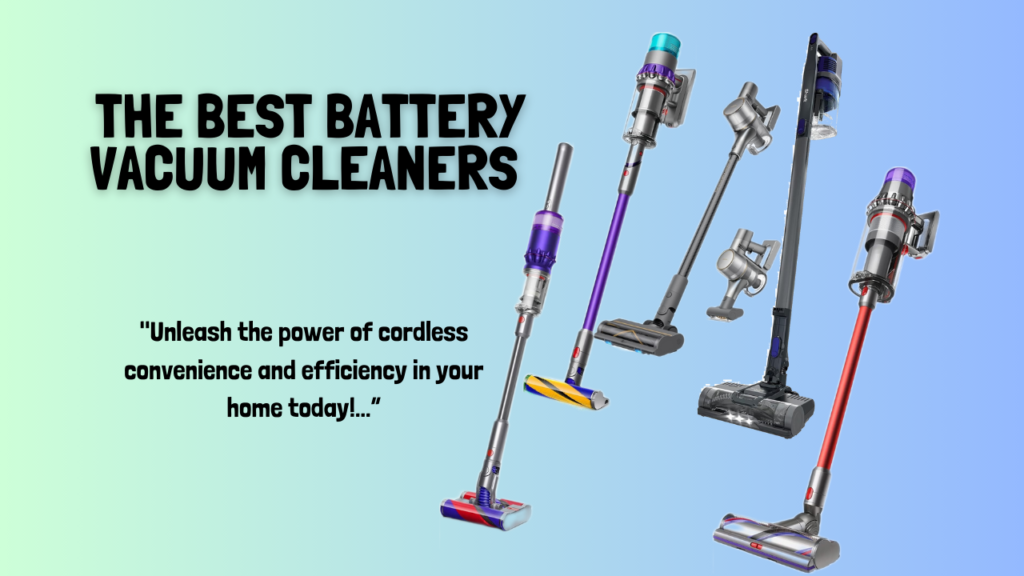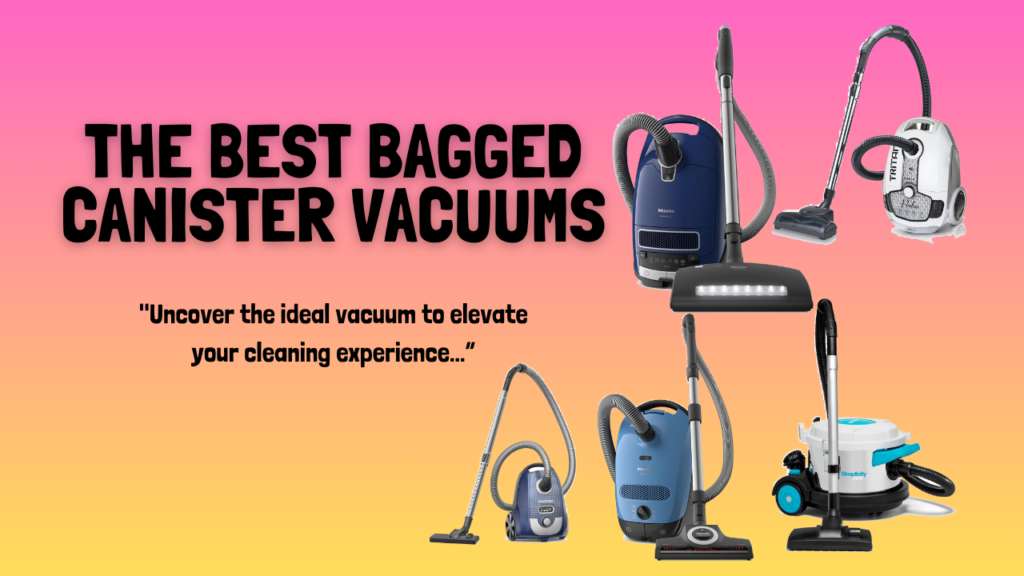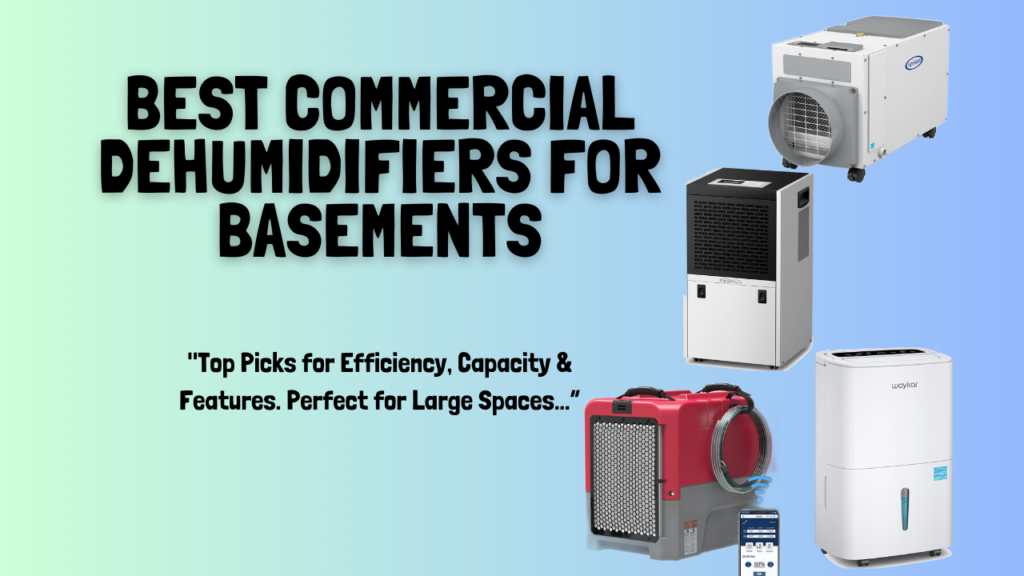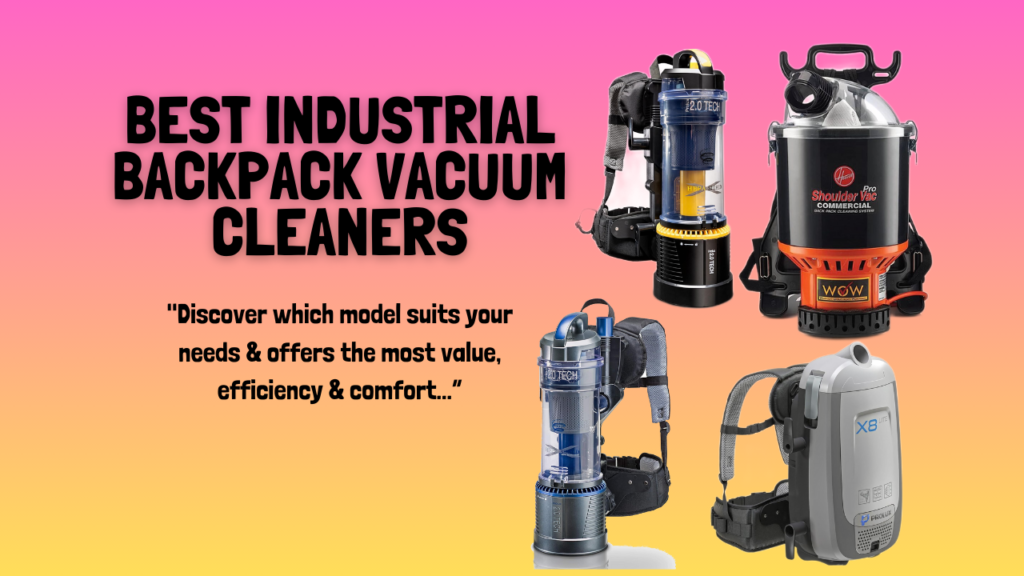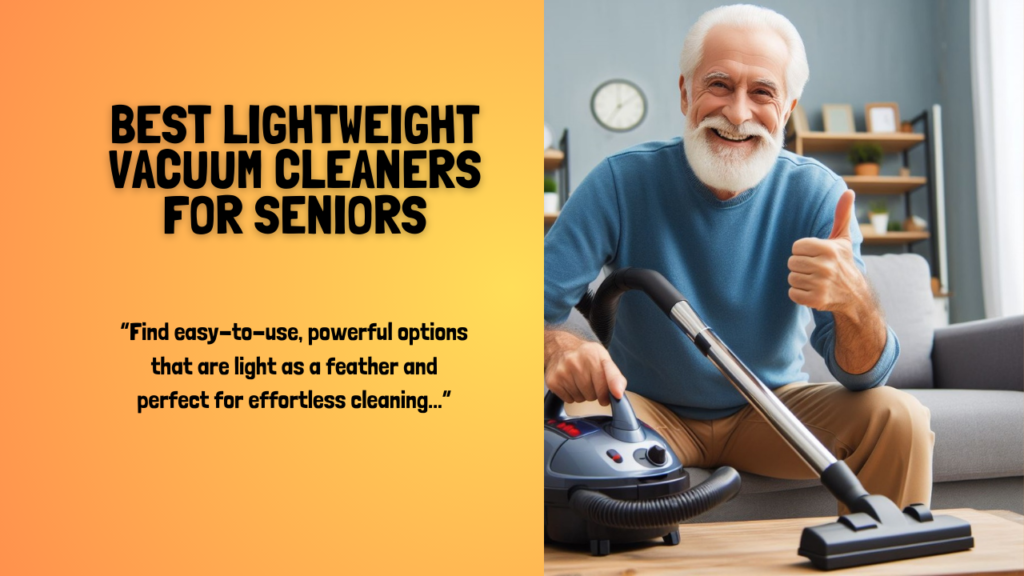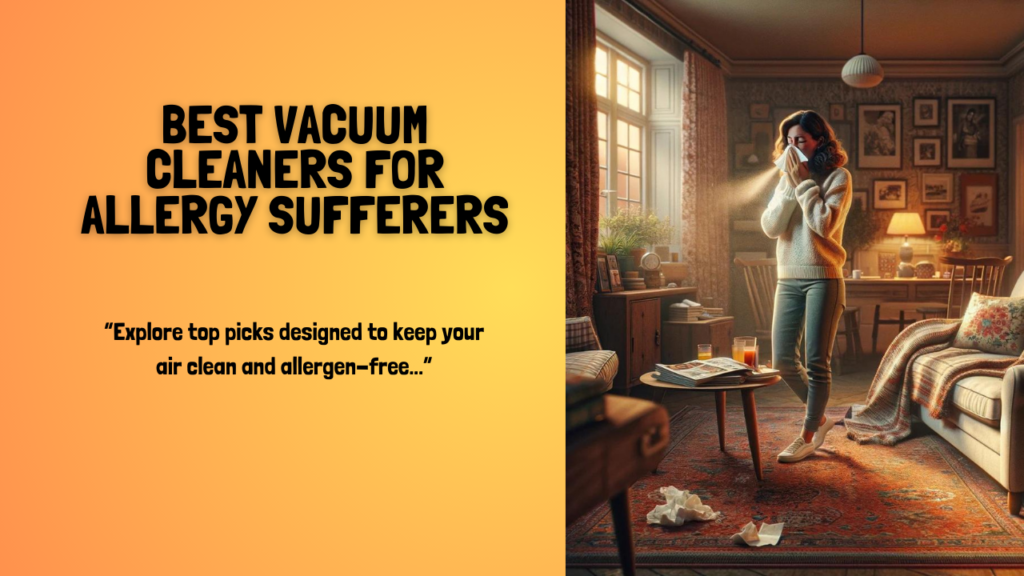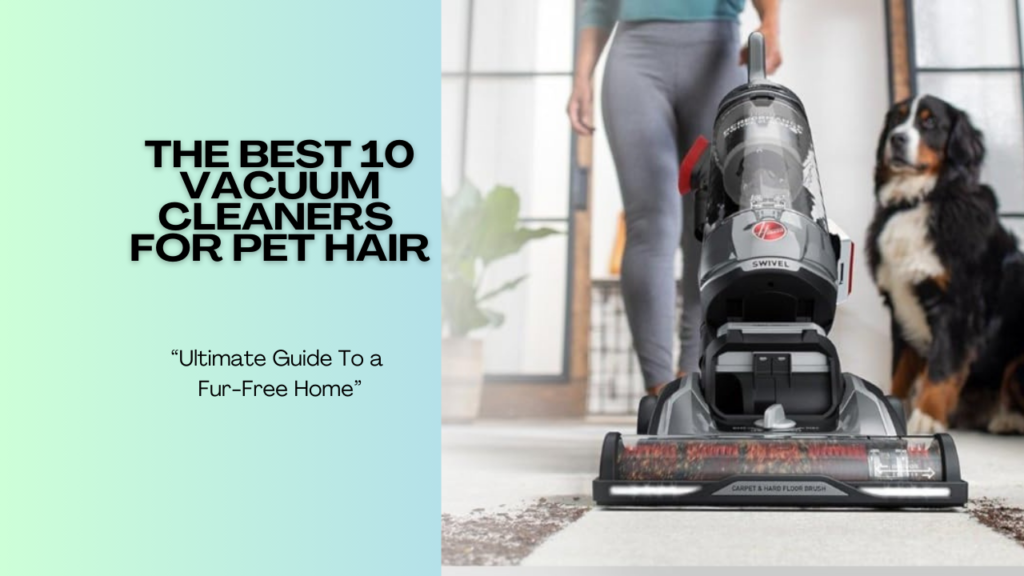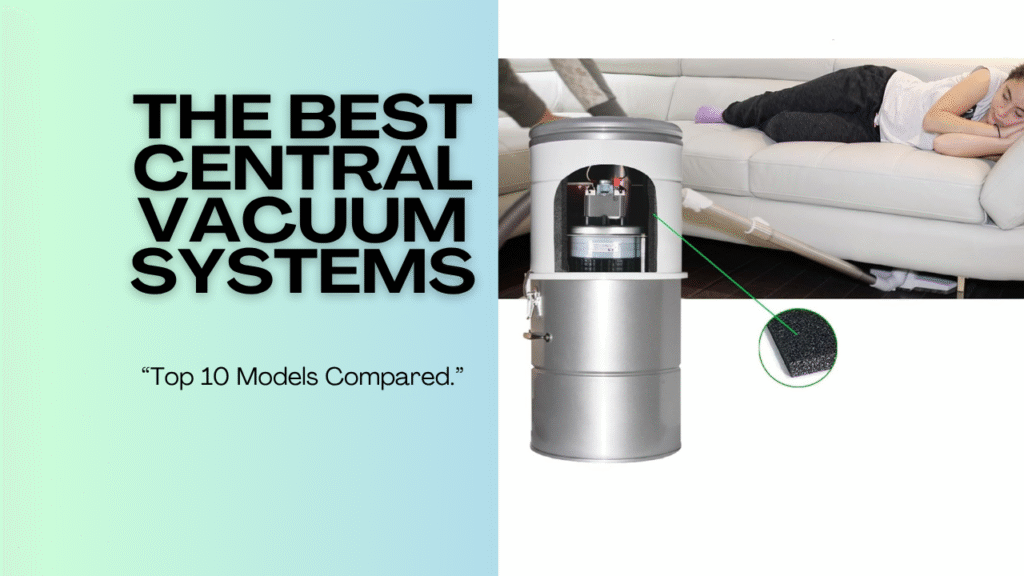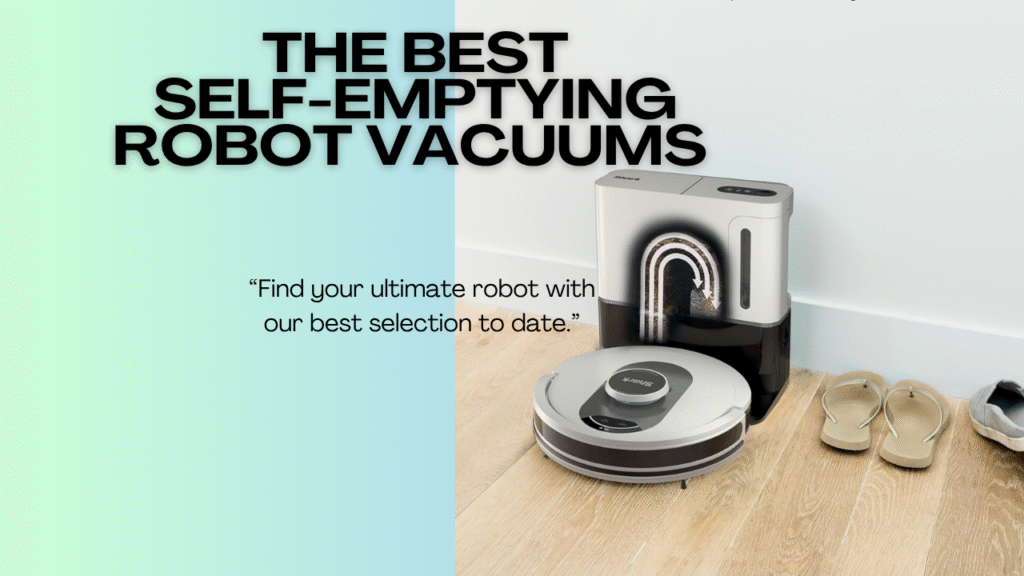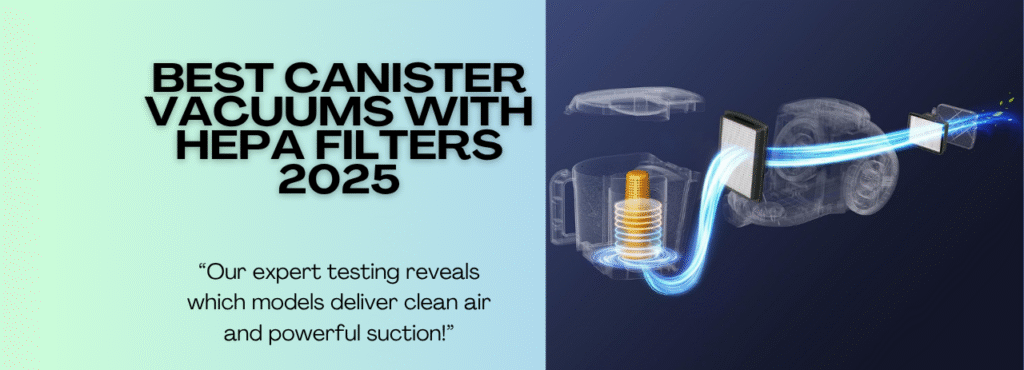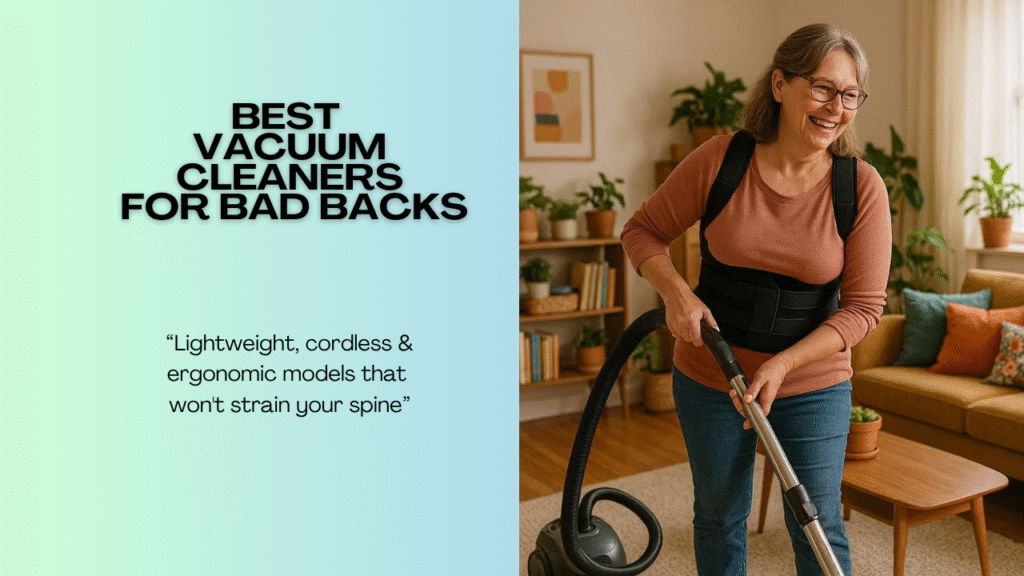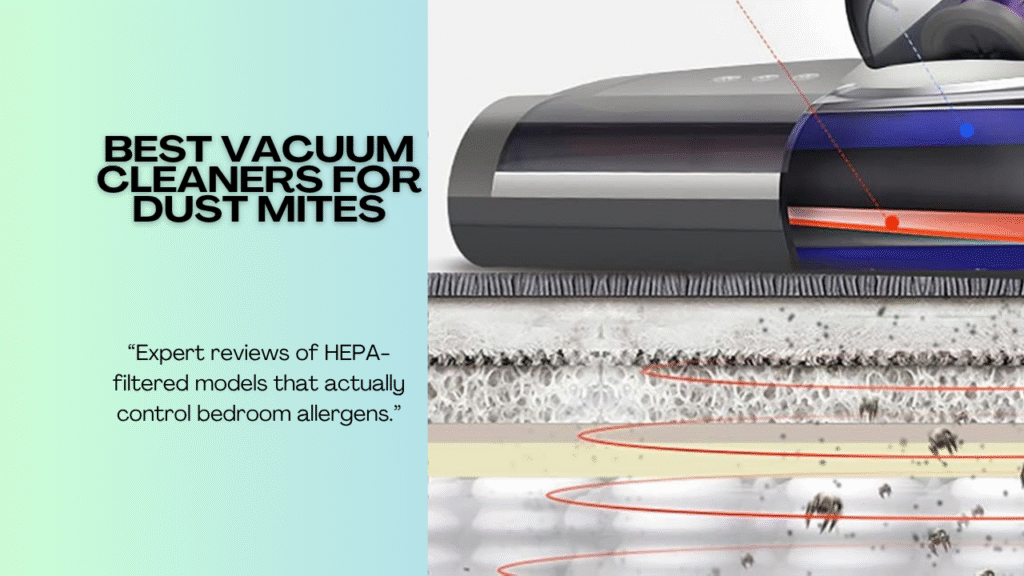Table of Contents
I know what it’s like to wake up with itchy eyes and a stuffy nose, even after cleaning the day before. For years, I thought I was doing everything right with my cleaning routine. Then I realised my vacuum was actually making things worse, just recirculating dust and allergens back into the air I was breathing. Understanding how to find the best vacuum for allergies and asthma sufferers completely changed my quality of life at home.
And honestly, I wish someone had explained this to me years ago, because some specific features and technologies make a massive difference for people with respiratory sensitivities.
If you or someone in your home deals with allergies or asthma, choosing the right vacuum isn’t just about clean floors. It’s about breathing easier, sleeping better, and actually enjoying your home without constant sniffling and sneezing. The wrong vacuum can trigger symptoms and undo all your cleaning efforts in minutes.
In this guide, I’ll walk you through everything you need to know. We’ll cover the filtration systems that actually trap allergens, the vacuum types that work best for different situations, and the features that matter most when you’re dealing with allergies or asthma. I’ll also help you avoid the common mistakes that keep people trapped in a cycle of ineffective cleaning.
By the end, you’ll know exactly what to look for and why it matters. Let’s find you a vacuum that helps you breathe easier, not harder.
Check Out Our Carefully Selected List of The Best Vacuum For Allergies and Asthma Sufferers
Understanding Your Cleaning Needs
Before diving into specific vacuum models, let’s talk about your unique situation. Every home is different, and what works perfectly for someone else might not be ideal for you.

Your Home’s Size and Layout
The size of your home directly impacts which vacuum type will serve you best. If you’re living in a smaller apartment or flat, a lightweight cordless stick vacuum with good filtration might handle everything you need. However, larger homes often require more powerful motors and longer runtimes to thoroughly clean without triggering allergy symptoms from disturbed dust.
Consider how many levels your home has too. Carrying a heavy upright vacuum up and down stairs can be exhausting, and you’re more likely to skip floors when cleaning feels like a workout. For multi-level homes, you might benefit from our comprehensive guide to the best vacuum cleaners that specialise in whole-home cleaning.
Floor Types Matter More Than You Think
Your flooring plays a huge role in allergen management. Carpets trap allergens deep in their fibres, which means you need strong suction and effective agitation to pull them out. Hard floors like tile, laminate, and hardwood can scatter allergens into the air if your vacuum doesn’t have proper controls.
Mixed flooring presents its own challenges. You need a vacuum that transitions smoothly between surfaces without losing suction or throwing particles around. Many modern vacuums have automatic floor detection, but not all work well for allergy sufferers.
Your Specific Allergy Triggers
Think about what triggers your symptoms most. Pet dander, dust mites, pollen, and mould spores all require slightly different approaches. Pet owners need specialised brush rolls that don’t tangle while still capturing dander. Dust mite allergies demand powerful suction and sealed systems that prevent any escape of particles.
Types of Vacuum Cleaners Explained
Not all vacuums are created equal when it comes to managing allergies and asthma. Let me break down each type and how they perform for respiratory health.
Upright Vacuums
These are the traditional powerhouses you probably grew up with. Modern upright vacuums designed for allergies typically feature sealed systems and HEPA filtration. They offer strong suction and wide cleaning paths, making them efficient for larger carpeted areas.
The downside? Many uprights can be heavy and somewhat clumsy around furniture. However, brands like Dyson and Shark have developed lighter models with excellent allergen containment. If you have mostly carpeted floors and need deep cleaning power, uprights remain a solid choice.
Cordless Stick Vacuums
These have become incredibly popular, and for good reason. They’re lightweight, easy to manoeuvre, and many now include genuine HEPA filtration. I personally switched to a high-quality cordless for my main cleaning, and the convenience means I vacuum more frequently.
The trade-off is battery life and dustbin capacity. You’ll need to empty them more often, which can expose you to allergens if not designed well. Look for models with one-touch emptying systems that minimise dust cloud creation.
Canister Vacuums
Canister vacuums often excel for allergy sufferers because they traditionally have better filtration systems and more powerful motors. The separate canister design allows for larger filters and more sophisticated sealing technology.
They’re particularly excellent for homes with mostly hard floors and area rugs. The wand and hose system gives you incredible reach and control. Miele canister vacuums, for example, are specifically designed with allergen management in mind.
Robot Vacuums
Robot vacuums have improved dramatically for allergy management. While they won’t replace deep cleaning, they’re fantastic for daily maintenance that prevents allergen buildup. Some premium models now include HEPA filtration and self-emptying bases that contain dust.
The key benefit? They clean more frequently than you probably would manually. This consistent maintenance prevents allergens from accumulating to levels that trigger symptoms.
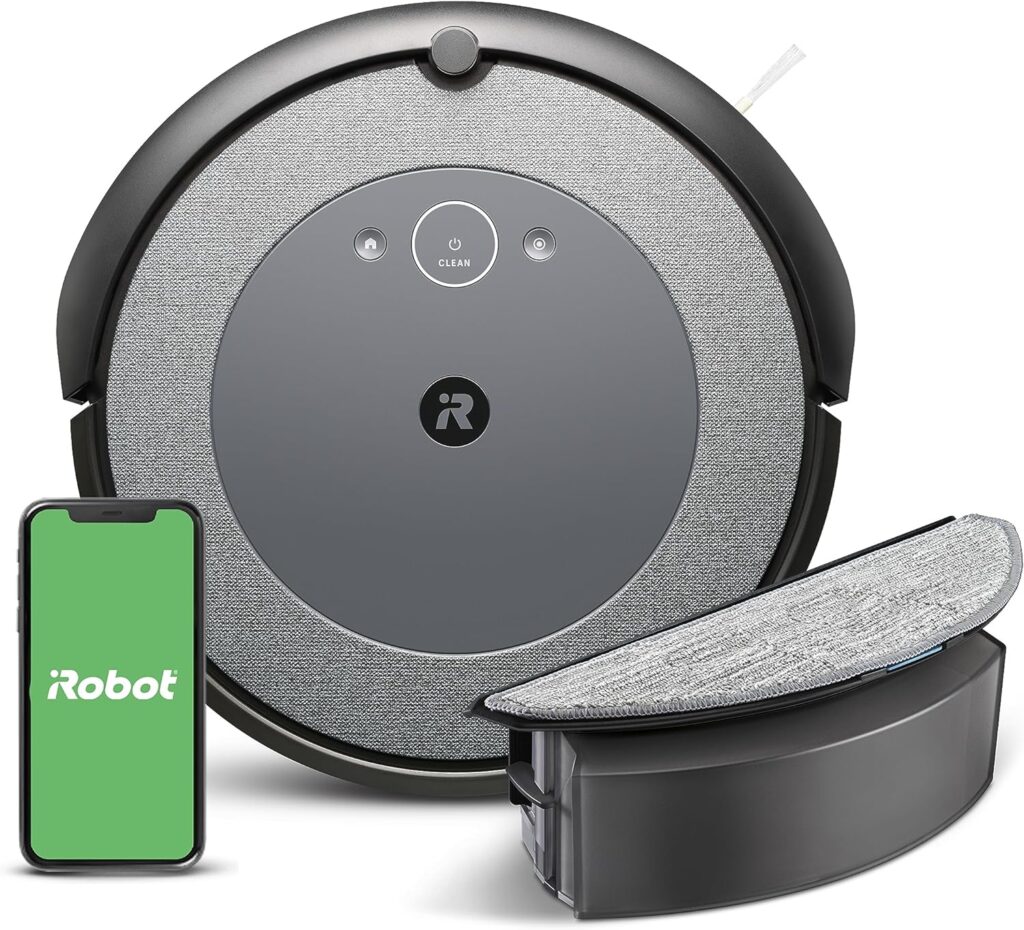
Handheld and Wet/Dry Vacuums
Handheld vacuums are useful for spot cleaning but rarely have the filtration needed for serious allergy management. Wet/dry vacuums can be helpful for specific situations like dealing with mould, but they’re not your primary solution for daily allergen control.
Check Out Our Carefully Selected List of The Best Vacuum For Allergies and Asthma Sufferers
Key Features That Actually Matter
Let’s get into the technical stuff that makes a real difference for allergies and asthma. Some features are marketing hype, but others are genuinely life-changing.
HEPA Filtration: The Non-Negotiable
True HEPA filtration is essential. HEPA stands for High-Efficiency Particulate Air, and genuine HEPA filters capture 99.97% of particles as small as 0.3 microns. That includes dust mites, pollen, pet dander, and mould spores.
However, not all “HEPA-type” or “HEPA-style” filters meet true HEPA standards. Look for vacuums certified with genuine HEPA filtration. Additionally, the vacuum must have a sealed system, meaning all air passes through the HEPA filter before being expelled. Without sealing, dirty air can leak around the filter.
Sealed System Engineering
This is where many vacuums fail allergy sufferers. A vacuum might have a HEPA filter but still leak unfiltered air through gaps in its construction. Quality vacuum manufacturers engineer completely sealed pathways from the intake to the exhaust.
When researching vacuums, specifically look for terms like “fully sealed system” or “100% sealed filtration.” This ensures every bit of air you’re sucking up gets properly filtered before returning to your room.
Suction Power and Motor Quality
Strong, consistent suction is crucial for pulling allergens from carpets and preventing them from becoming airborne during cleaning. Look for vacuums with powerful digital motors that maintain suction even as the dustbin fills.
Air watts or suction power ratings can be useful comparisons, but real-world performance matters more. Check our top-rated vacuums for allergies to see which models consistently perform well in actual homes.
Bagless vs Bagged: The Allergy Perspective
This is controversial among allergy experts. Bagged vacuums contain dust more securely during disposal, minimising your exposure when emptying. However, replacement bags create ongoing costs and environmental waste.
Modern bagless vacuums with good designs can work well if they have bottom-emptying mechanisms and long extension wands that let you empty them directly into outside bins. The key is minimising the dust cloud that happens during emptying.
Floor Type Considerations
Different floor types require different approaches to allergen management. Let’s optimise your vacuum choice for your specific flooring.
Carpet Cleaning for Allergen Removal
Carpets are allergen magnets, trapping particles deep in their fibres. You need a vacuum with strong suction, effective brush agitation, and most importantly, excellent filtration. The vacuum must pull allergens out without putting them back into the air.
Upright vacuums typically excel here because their brush rolls make direct contact with the carpet. Look for models with motorised brush rolls and adjustable height settings. Deep cleaning carpets once or twice weekly helps manage allergen levels significantly better than quick daily passes.
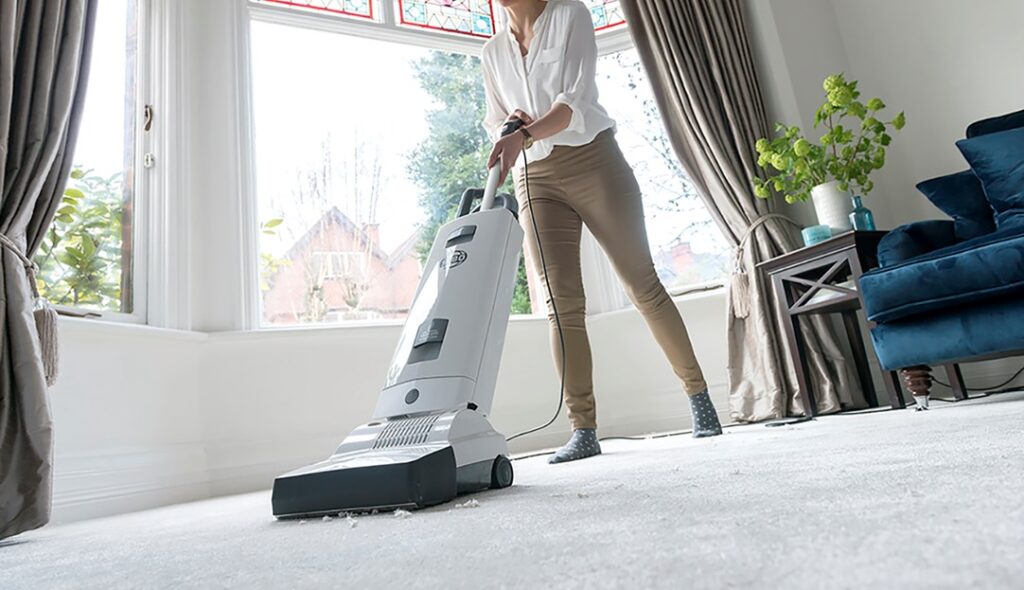
Hard Floor Challenges
Hard floors seem like they’d be easier for allergies, but they present different challenges. Without carpet fibres to trap particles, allergens sit on the surface and become airborne easily. Aggressive brush rolls can scatter particles rather than contain them.
For hard floors, you want a vacuum with a soft roller designed specifically for hard surfaces. Many cordless stick vacuums now include dual brush heads for this reason. The soft roller gathers fine dust without flinging it around your space.
Mixed Flooring Solutions
Homes with both carpet and hard floors need versatile vacuums. Automatic floor detection is helpful but not essential. More important is easy adjustment between floor types without losing suction or creating dust clouds during transitions.
Consider vacuums with multiple cleaning heads if your budget allows. Having a dedicated hard floor head and a carpet head ensures optimal cleaning for each surface. This prevents you from compromising effectiveness on either surface type.
Budget Planning
Quality vacuums for allergies require investment, but you don’t necessarily need the most expensive model. Let’s break down what you can expect at different price points.
Entry-Level Options (Under $150)
At this price point, you’re making compromises. True sealed HEPA systems are rare, though some brands offer good filtration without complete sealing. These vacuums can work if your allergies are mild and you vacuum frequently.
Look for brands like Shark or Hoover that offer HEPA filtration in budget-friendly models. They might not last as long as premium options, but they’re better than continuing with a vacuum that aggravates your symptoms.
Mid-Range Sweet Spot ($150-$400)
This range offers the best value for most allergy sufferers. You’ll find genuine sealed HEPA systems, quality motors, and durable construction. Brands like Shark, some Dyson models, and certain Miele vacuums fall here.
These vacuums balance performance, features, and longevity well. If you can afford this range, you’re getting legitimate allergen control that will last several years with proper maintenance. Many people find this range perfectly adequate for managing moderate to severe allergies.
Premium Investments ($400+)
Premium vacuums offer the absolute best filtration, strongest motors, and longest lifespans. Miele, high-end Dyson models, and specialised allergen-control vacuums live in this category.
The question is whether the extra investment matches your needs. If you have severe asthma or significant allergy concerns, the superior filtration and reliability might be worth it. These vacuums often last 10+ years, which helps justify the upfront cost.
Long-Term Value Thinking
Consider the total cost of ownership, not just the purchase price. Bagged vacuums need ongoing bag purchases. Filters need replacing, though washable filters reduce this cost. Cheaper vacuums might break sooner, requiring replacement.
Calculate what you’ll spend over five years, including maintenance and potential replacements. Sometimes spending more upfront actually costs less long-term while providing better allergy relief throughout.
Check Out Our Carefully Selected List of The Best Vacuum For Allergies and Asthma Sufferers
Brand Reputation and Reliability
When your respiratory health is on the line, brand reliability matters more than usual. Let’s discuss which manufacturers take allergy concerns seriously.
Leading Brands for Allergy Management
Miele has built their reputation partly on exceptional filtration and sealed systems. Their vacuums are specifically designed with allergy sufferers in mind, though they command premium prices. Dyson invests heavily in cyclonic technology and filtration, offering strong performance in lighter packages.
Shark has emerged as a value leader, providing sealed HEPA systems at more accessible price points. Their anti-allergen technology and lift-away designs work well for many people. SEBO and Riccar are less known but highly regarded in allergy communities for their commercial-grade filtration.
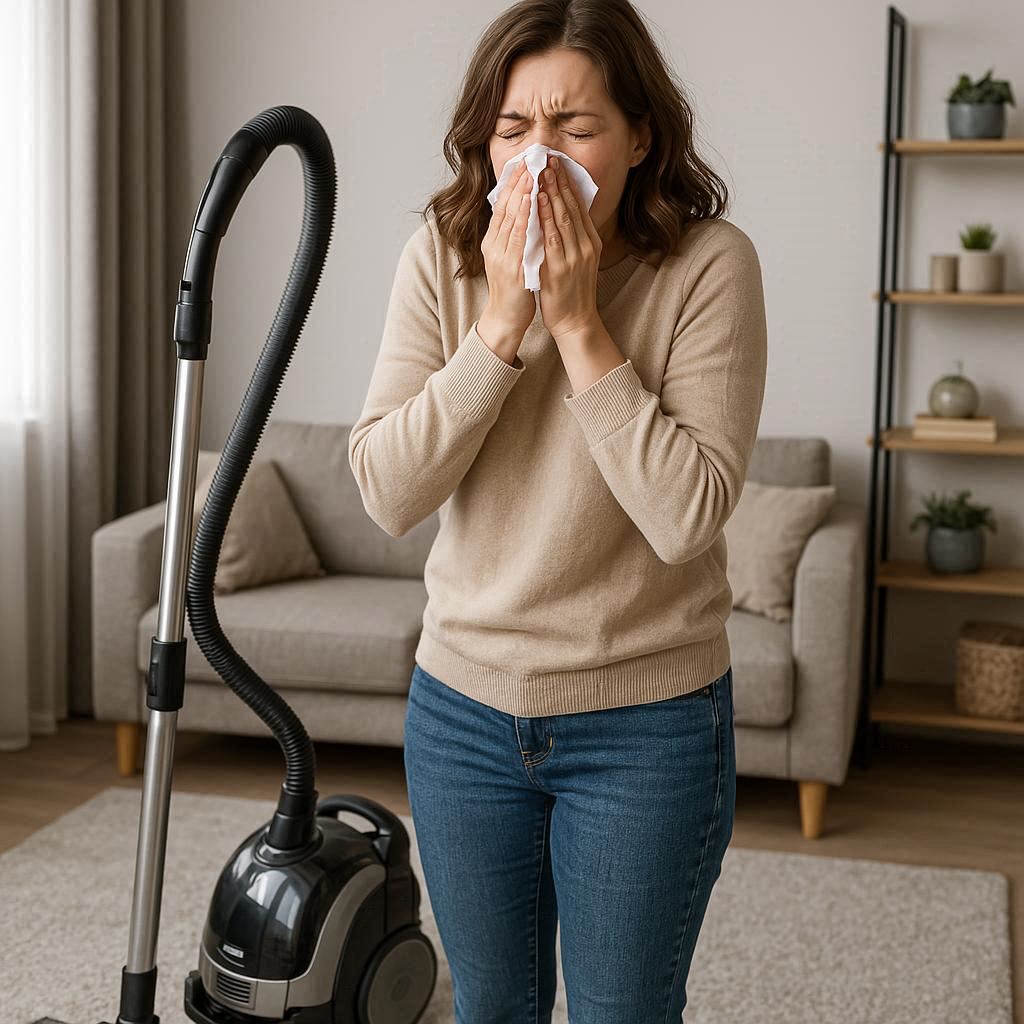
Warranty and Support Expectations
Quality vacuum brands typically offer 2-5 year warranties on their allergen-focused models. This protection is important because you’re making a health investment. Cheaper brands might only offer one year, which can be a red flag.
Good customer service matters when you have questions about filter maintenance or performance concerns. Brands with responsive support teams and clear documentation help you maintain optimal allergen control over time.
Where to Purchase With Confidence
Buying from authorised retailers ensures warranty coverage and genuine products. Amazon, dedicated appliance stores, and manufacturer websites are typically safe. Be cautious with third-party sellers offering steep discounts, as counterfeit filters and parts can compromise your allergy protection.
Reading verified customer reviews from actual allergy sufferers helps identify real-world performance. Look for reviews specifically mentioning allergy improvements or respiratory benefits rather than just general cleaning satisfaction.
Special Considerations for Allergies and Asthma
Let’s dive deep into the specific features that make the biggest difference for respiratory health. This section is crucial for getting your decision right.
HEPA Filtration Levels and Certification
Not all HEPA filters are identical. True HEPA 13 filters capture 99.95% of particles, while HEPA 14 filters reach 99.995%. For most people, HEPA 13 is sufficient, but severe asthma might benefit from HEPA 14.
Certification matters. Look for independent testing certification rather than just manufacturer claims. European EN 1822 standards or similar certifications indicate genuine testing and validation of filtration performance.
Sealed System Testing
Some manufacturers actually test and certify their entire vacuum as sealed, not just the filter. This whole-machine certification ensures no allergens escape anywhere in the system. It’s worth specifically seeking out models with this level of testing.
Ask whether the vacuum maintains its seal over time and through regular maintenance. Some designs lose sealing as parts age or after filter changes. Robust engineering maintains allergen control throughout the vacuum’s lifespan.
Dust Disposal Methods
How you empty the dustbin significantly impacts your exposure to allergens. Bottom-emptying bins are generally better than top-opening designs because they create less dust cloud. Some vacuums include mechanisms that compress dust into blocks, further reducing particle escape.
For severe allergies, bagged systems still offer the best containment during disposal. Modern allergen-barrier bags seal automatically when removed, preventing dust from escaping. This extra protection might be worth the ongoing bag cost.
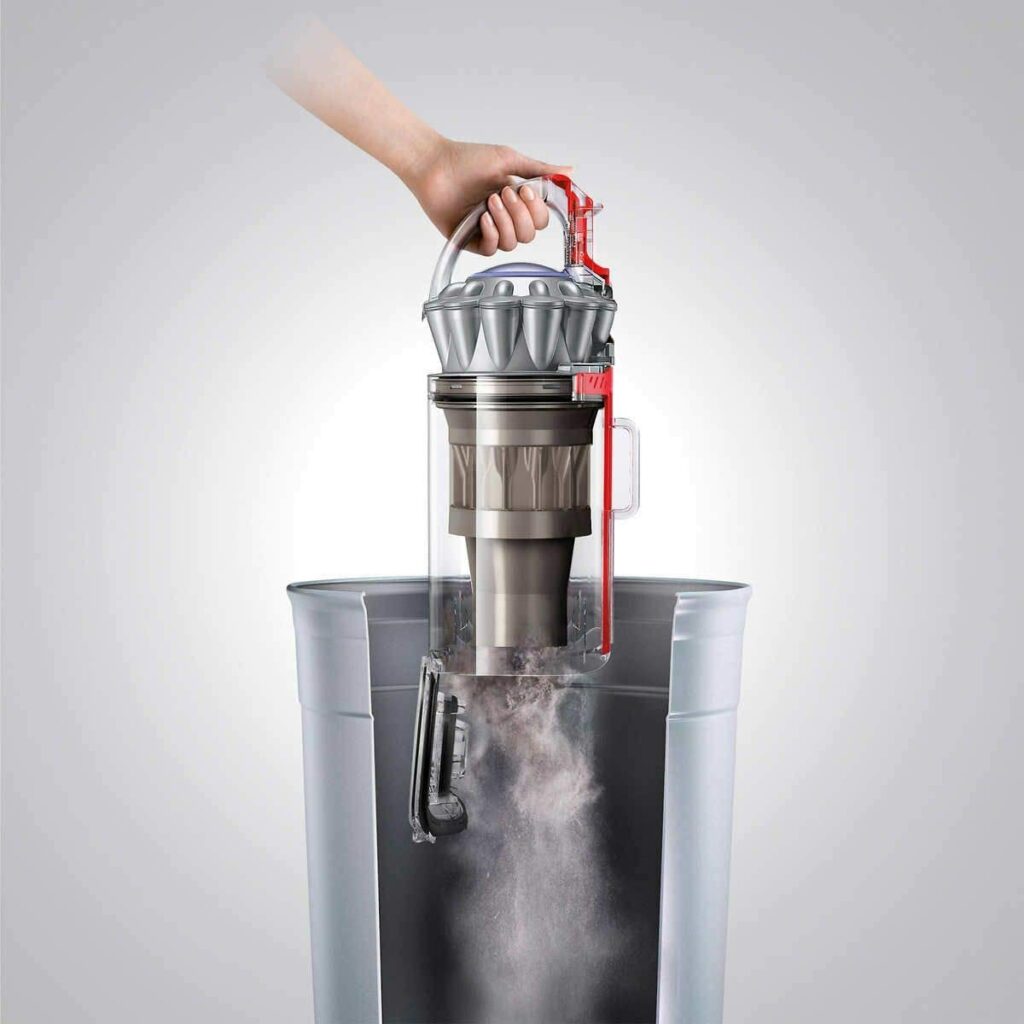
Washable vs Replaceable Filters
Washable HEPA filters sound economical, but they require careful maintenance. You must dry them completely before reinstalling, which can take 24-48 hours. Incomplete drying can lead to mould growth inside your vacuum.
Replaceable filters offer consistency and convenience. You simply swap them out every 6-12 months, depending on usage. While they cost more in the long run, you always have optimal filtration performance without maintenance concerns.
Additional Allergen-Control Features
Some vacuums include UV lights for killing dust mites or antimicrobial treatments in components. These features can help, but aren’t essential. Focus first on excellent HEPA filtration and system sealing before considering add-on features.
Carbon filters help with odours if you have pets, but they don’t impact allergen control directly. They’re nice to have, but shouldn’t be your deciding factor when choosing a vacuum for allergy management.
Common Mistakes to Avoid
I’ve seen people make these mistakes repeatedly and they keep suffering unnecessarily. Let’s make sure you don’t fall into these traps.
Choosing Based on Price Alone
The cheapest vacuum with “HEPA” on the box isn’t going to cut it for real allergy control. I understand budget constraints, but a $50 vacuum that doesn’t seal properly will actually make your allergies worse by stirring up and releasing allergens.
It’s better to save a bit longer and get a vacuum with genuine sealed HEPA filtration than to buy something inadequate now. Consider it a health investment rather than just a cleaning tool.
Ignoring Your Specific Floor Types
Buying an amazing carpet vacuum when you have mostly hardwood floors wastes performance and money. Similarly, a hard-floor specialist won’t deep-clean carpets effectively. Match your vacuum’s strengths to your actual flooring situation.
Many people also forget about area rugs and transitions. Ensure your vacuum handles all your floor types well, not just the predominant one.
Overlooking Maintenance Requirements
Some vacuums require frequent filter cleaning or replacement, while others need less attention. If you’re already struggling with allergy symptoms, complex maintenance might mean you avoid doing it properly.
Choose a vacuum with maintenance you’ll actually perform consistently. Simple, infrequent maintenance beats complicated procedures you’ll procrastinate on.
Not Considering Long-Term Costs
That vacuum with cheap replacement filters might seem great initially, but if the filters need replacing monthly, costs add up quickly. Calculate the total cost over several years, including bags, filters and potential repairs or replacement.
Sometimes paying more upfront for a more durable vacuum with less expensive maintenance actually saves money while providing better allergy relief.
Check Out Our Carefully Selected List of The Best Vacuum For Allergies and Asthma Sufferers
Making Your Final Decision
You’ve learned a lot, so let’s turn that knowledge into action. Here’s how to make your final choice with confidence.
Create Your Personal Checklist
Write down your must-have features based on your specific situation. Your list might include: genuine sealed HEPA filtration, lightweight design, cordless convenience, or strong carpet performance. Having this written down keeps you focused when browsing options.
Don’t let marketing distractions sway you from your actual needs. If you primarily have hard floors, don’t pay extra for advanced carpet features you won’t use.
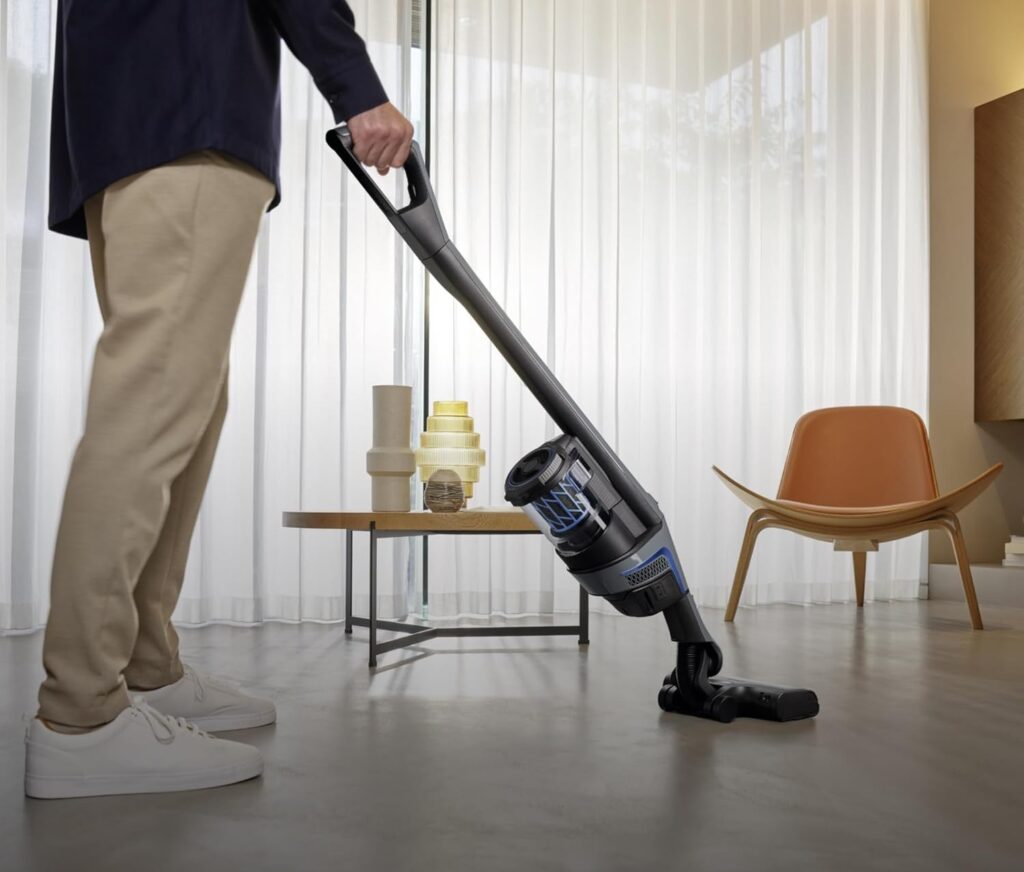
Prioritise Your Must-Haves
Rank your requirements by importance. For allergy management, sealed HEPA filtration should always be at the top. Then consider factors like weight, battery life, or specific floor type performance based on your situation.
This prioritisation helps when you’re comparing models and making trade-offs. No vacuum is perfect, but you can find one that excels at what matters most to you.
Research Real User Experiences
Read reviews from verified purchasers, especially those who mention allergies or asthma specifically. Their experiences reveal real-world performance beyond manufacturer claims. Look for patterns in reviews rather than focusing on individual extreme opinions.
YouTube reviews can be particularly helpful for understanding noise levels, ease of use, and actual cleaning performance. Watch several reviews of any vacuum you’re seriously considering.
Try Before Committing If Possible
Some retailers allow returns within 30-60 days, which lets you test a vacuum in your actual home. This trial period is invaluable for confirming it helps your symptoms rather than triggering them.
If friends or family own vacuums you’re considering, ask if you can try them. A few minutes of hands-on experience teaches you more than hours of research.
Conclusion on How To Find The Best Vacuum For Allergies and Asthma Sufferers
Finding the right vacuum for allergies and asthma genuinely transforms your daily comfort and health. It’s not just about clean floors anymore—it’s about creating a home where you can breathe easily and sleep peacefully without constant symptoms.
The most important factors are genuine sealed HEPA filtration, reliable construction, and matching the vacuum type to your specific floor types and home size. Don’t compromise on the core filtration features, even if it means waiting a bit longer to afford a quality model.
Remember that this is an investment in your health and quality of life. The difference between struggling with allergy symptoms daily and breathing freely at home is absolutely worth the effort and expense of choosing the right vacuum.
Start by identifying your specific needs and priorities using the checklist approach we discussed. Then research models that excel in those areas, reading reviews from other allergy sufferers. Take your time with this decision because you’ll live with the results every day.

Whatever you choose, commit to regular vacuuming with your new machine. Even the best vacuum for allergies and asthma sufferers only works if you use it consistently. Set a schedule that keeps allergen levels manageable before they build up to symptom-triggering levels.
If you’re ready to explore specific models in depth, see our detailed comparison of top models designed specifically for respiratory health. You deserve to breathe freely in your own home, and the right vacuum is a crucial step toward that goal.
Take a deep breath, with the right vacuum, soon that deep breath will feel clean, clear, and comfortable. Your respiratory system will thank you.

